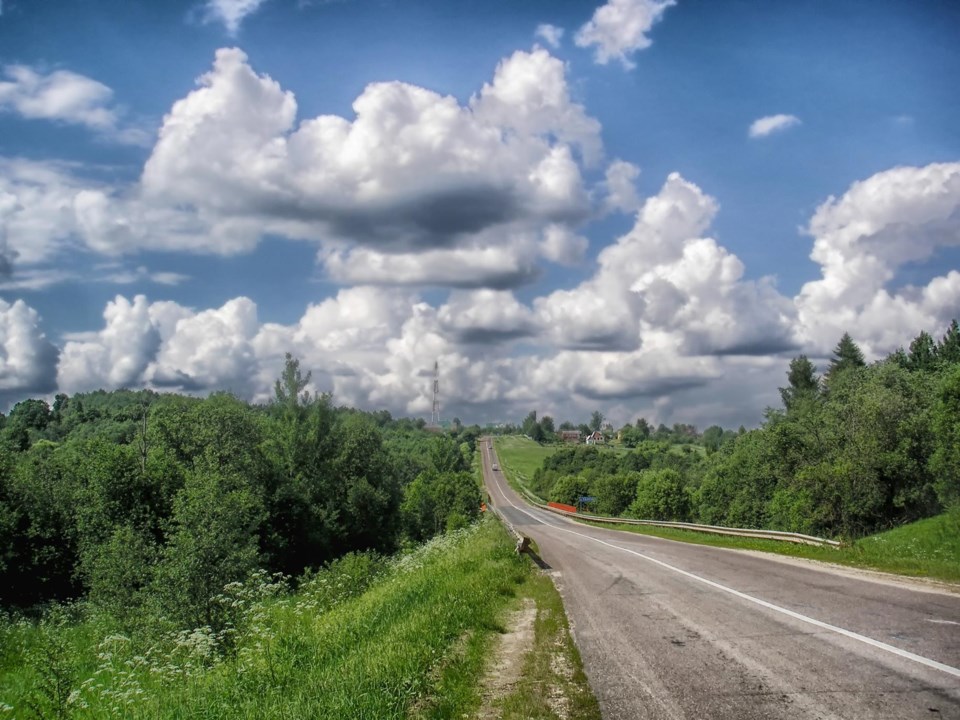By Melanie Jacob
Journal Editor
It'll come as a relief to commuters and travelers to know that the Saskatchewan government will be investing $200 million in highway projects for 2015.
According to a government news release, they will be releasing tenders that will lay down almost 800,000 tonnes of asphalt on more than 320 kilometres across the province.
"We have a capital plan that listed the major projects for our priorities for the government and the ministry," said Doug Wakabayashi, Assistant Director for the Ministry of Highways and Infrastructure. "We have a fairly sophisticated system. Essentially, we identify roads based on things like age of pavement, condition of pavement, traffic volumes, truck volume, and things like that."
This data will also tell the ministry which sections are scheduled for which type of maintenance, be it CO coating, micro surfacing, or patching.
According to Wakabayashi, CO coating is when a thin layer of liquid is applied to the road. It fills in voids or cracks on the surface and prevents moisture. Micro surfacing is an asphalt mix that's used to repave roads. Aside from those repairs, the government will also be building bridges and culverts where necessary.
As a result of this work, drivers can expect delays and some road closures depending on the project. The individual contractors will be the ones developing a traffic accommodation plan based on the project.
"Depending on the nature of the work and the environment, they may have detours put in place, lane restrictions, or lane closures," said Wakabayashi. "Any road restrictions as a result of construction are posted on the highway hotline."
The government will also be stockpiling, which is when gravel is crushed and stockpiled for day-to-day use such as pothole filling and some emergency flood repair.
Rural roads, on the other hand, will be upgraded on a priority basis since to do so involves a lot of costly work. In order to progress 5,000 kilometres to paved road, for example, it entails an expense of approximately $1 million per kilometer.
"You're basically upgrading a whole new road. A road is a complex structure with a significant amount of engineering," said Wakabayashi. "There are layers of base, sub-base, sand, and gravel, engineered and compacted to detailed specifications. That's why it takes so long to construct a kilometer of road."
According to Wakabayashi, the bridge and culvert work will be done in the winter months to better protect fish and wildlife water habitats. The stockpiling will also be done during this time to avoid unnecessary damage to roads while hauling gravel.
The rest of the work, however, will be done in 2015.




